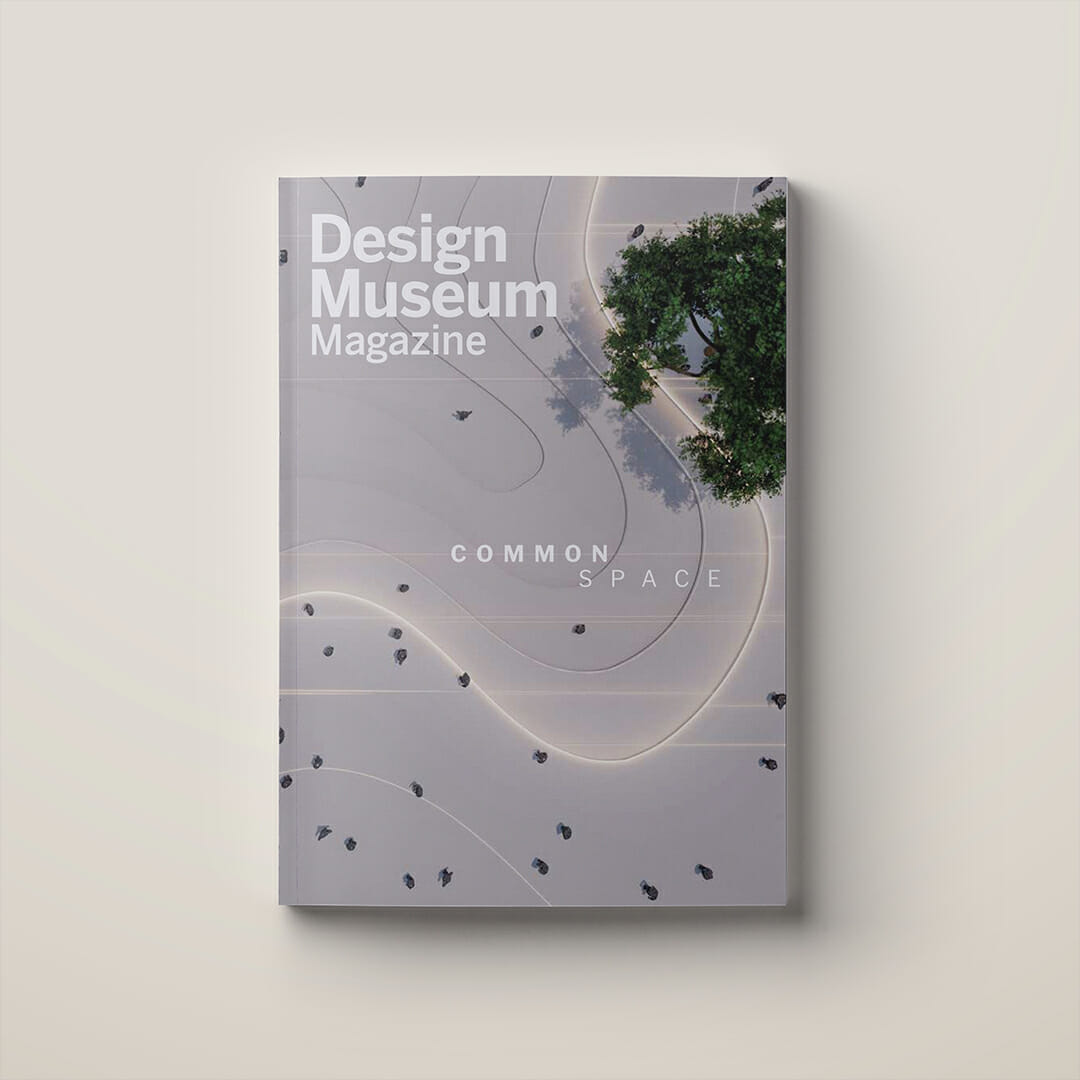Letter from the Editor

COMMON adjective
occurring or done often; prevalent; shared by more than one; of the most familiar type
What do you imagine when you think of ‘common spaces’?
I love the theme of this issue. I love it because ‘common spaces’ sparks so many associations, memories, and probing questions. Our ideas about common spaces are naturally informed by our lived experiences, but we have the opportunity to consider; what makes a common space and how do we know that? This question of how we know something about a space is one I turn to often. Are we only relying on our lived experiences – I feel safe here, therefore everyone does – or are we interrogating those experiences to understand a multitude of perspectives so we can design better, more optimal spaces? What about a space tells us who belongs there? And, who gets to decide that? The designer? The funder? The user?
Before I started working with architects and designers to tell their stories, these are questions I rarely, if ever considered. And truthfully, when I first heard the theme “common spaces,” I immediately thought of the town common in my hometown. Complete with a gazebo, weekly farmer’s market, and proximity to the town hall and the library, it’s considered the center of town. I then pictured the common room of the residence hall where I was an RA as undergraduate – scratchy couches and bulletin boards filled with announcements. It was not a very popular gathering place and more a pass-through on the way to more exciting people and places. The town common, the common room … was I being too literal with my associations?
I considered a different question: what needs do common spaces fill? A place to gather. Access to nature. A place of respite. Some are flexible and free, considered public amenities – the city park or playground. Others exist within buildings with different levels of access or cost – a hotel lobby, a coffee shop, a hospital waiting room. Again, that same drumbeat, what defines these spaces as common? And, how have our understanding and relationship to common spaces changed since we first learned to socially distance in 2020? When we couldn’t gather, what did we do? We turned to virtual spaces and developed new norms, building and rebuilding our sense of connection community as some experienced Zoom fatigue and others found joyful reconnection with far flung family and friends.
I return to my memories and I picture more places – many affiliated with rehearsals for various school and community musicals – the in-between, nearly non-spaces we carved out for ourselves during rehearsals in and around school auditoriums. There was a space just outside the high school auditorium near the music classrooms where I spent so much time with my fellow theatre kids – we called it the fishbowl. It’s where we ran lines, practiced choreography, learned song lyrics, and did our homework. I remember it as a special place; one that, everyday after school, was ours. And yet, the fishbowl was nondescript. It didn’t even have furniture! And even after years of working with architects developing illustrative diagrams, I struggle to imagine how I’d label this space on a floor plan, but in my memory, it is a common space.
So, what made the fishbowl an enduring common space for generations of theatre kids passing through my high school? It was a place to gather, that we made our own. Through both physical space and the community we created, the fishbowl offered us a place of belonging. It was a space where we could be ourselves and be together, on our terms. And it was a tradition – of theatre kids using that space, calling it the fishbowl – that was passed down from class to class, something that endured about that space separate from what it was called on a floor plan.
The longer I sat with this theme, the more I considered how my understanding of common space goes far beyond how a space is designed, but how it’s used and shared, which is informed by the people who inhabit it – that sense of belonging. So, for the CoDesign Collaborative community, I ask: how do you understand ‘common space,’ and how do you design spaces that fulfill our need for respite, connection, and belonging?
With this issue, we explored the intersection of design and ‘common spaces’ through several lenses – historic preservation, brain health, designing with communities rather than for them, and we’ve got the design stories behind some incredible, high impact projects that are, truly, common spaces, serving many different communities.
I hope when you read this issue you find yourself probing your experience of common spaces, sharing memories, and asking questions about what made the space that way.
Happy Reading!
Karen Robichaud
Reimagining Strategic Communications
Founder, Karen Robichaud LLC
